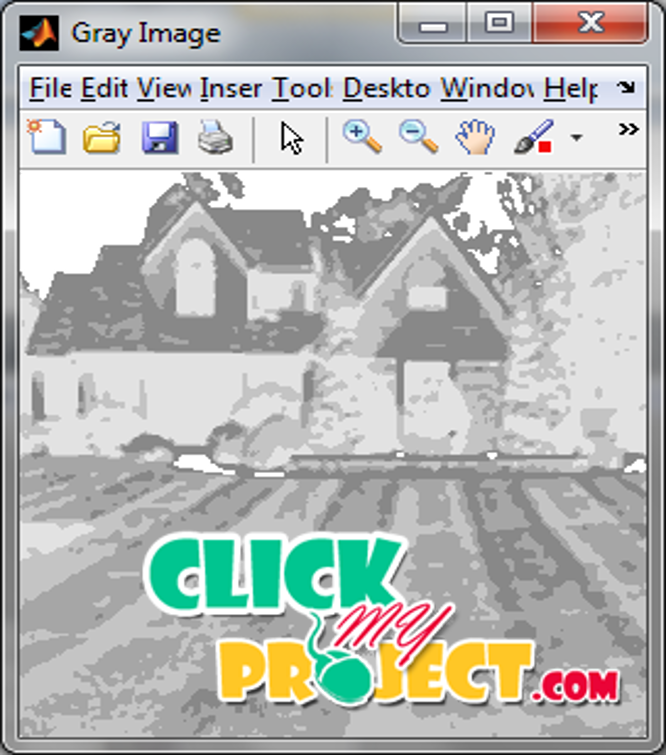TEXTURE BASED IMAGE SEGMENTATION USING GLCM
Our Price
₹3,000.00
10000 in stock
Support
Ready to Ship
Description
Image segmentation has a large number of applications in several fields. Its importance concerns basically in distinguishing different objects or regions inside the image. It can contour/edge based, region based or hybrid based consists of combination of contour and region based. Here, we have considered region based approach for study which is useful for studying human settlement distribution, land use, identification of rocks, corals and sand structure, etc. Basically an image has shape, colour and texture as its primitives. For region based segmentation we considered the texture feature as it describes a region very well. Texture is one of the important characteristics used in identifying objects or regions of interest in an image. Texture contains important information about the structural arrangement of surfaces. The textural features based on gray-tone spatial dependencies have a general applicability in image classification. The three fundamental pattern elements used in human interpretation of images are spectral, textural and contextual features. Spectral features describe the average tonal variations in various bands of the visible and/or infrared portion of an electromagnetic spectrum. Textural features contain information about the spatial distribution of tonal variations within a band. Although texture and tone is always present in an image, texture is independent of tone. Sometimes texture dominates over tone and vice versa. Human vision is sensitive to intensity changes and the colour affects much less to discriminate various texture contents. The fourteen textural features proposed by Haralick et all contain information about image texture characteristics such as homogeneity, gray-tone linear dependencies, contrast, number and nature of boundaries present and the complexity of the image. Contextual features contain information derived from blocks of pictorial data surrounding the area being analyzed. GLCM approach can be extended to image segmentation by extracting the texture descriptors in the spatial domain and convert the image into feature image and then segmenting the feature image into different clusters and label each cluster to represent each image region. Standard K means clustering algorithm after fuzzy c-means clustering algorithm is one of the widely adopted partitions based clustering algorithms which have been used here. Although GLCM is popular but suffers from the drawback of O(G2) time complexity. There exists many methods such as grey-level quantization, Grey Level Co-occurrence linked list[2], proper choice of neighbourhood distance and proper window size to optimize GLCM calculation time and space. Moreover a single distance measure or feature does not serves the purpose of the segmentation. So, it is always desirable to have a set of feature dataset over several distance measures(d=1,2) and angles(for isotropic GLCM we can use angular mean and range of each feature[1]). Various implementation of the kmean algorithm has been developed by researchers to improve the kmean algorithm over its disadvantages of initial cluster centroids choice(initialization step for choosing the initial cluster centroids affects much on the cluster output), dead centre problem and falling into false minima problems.




